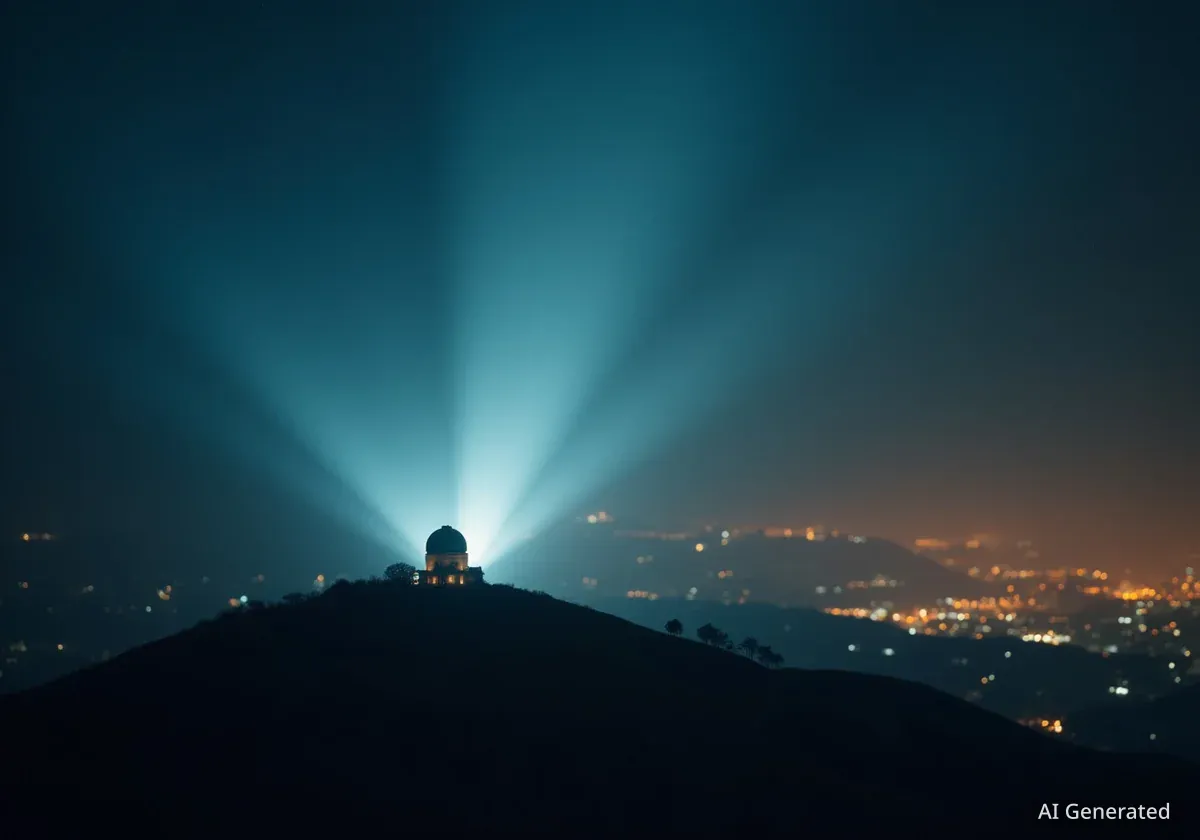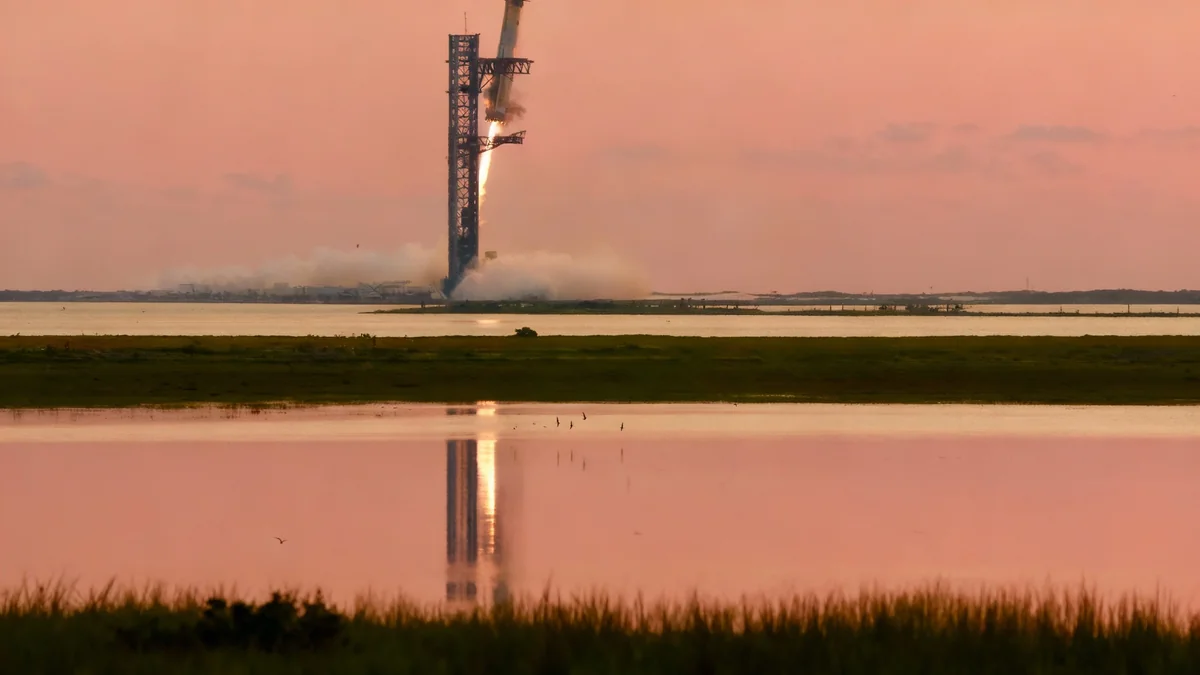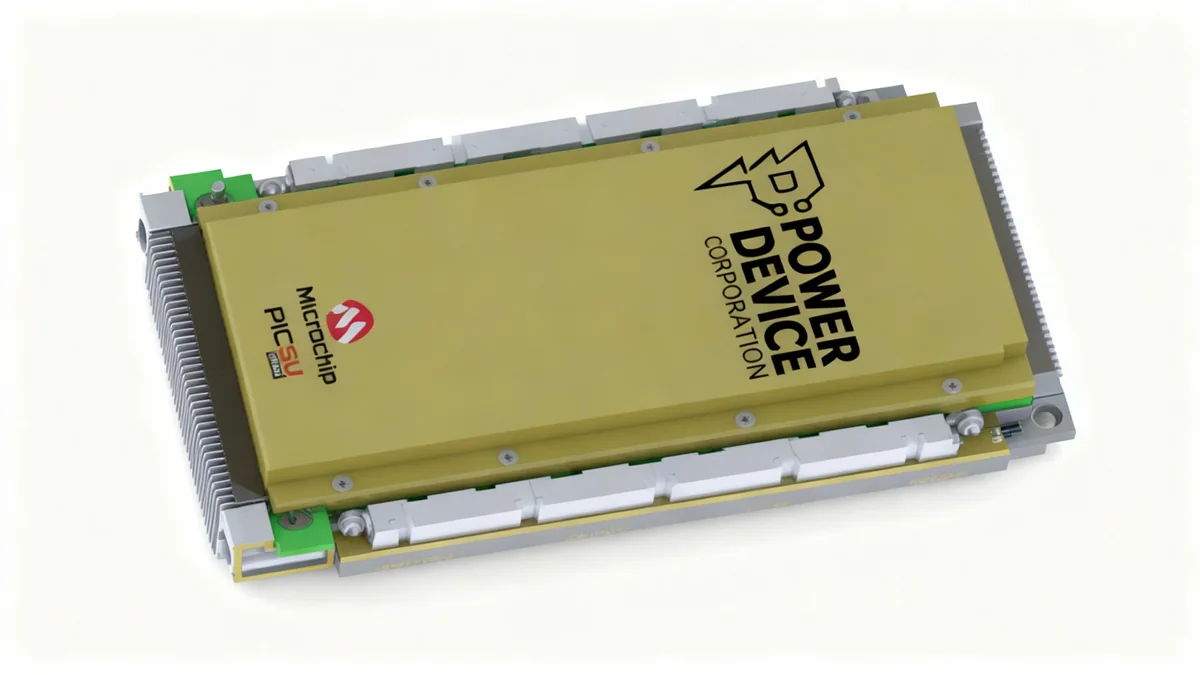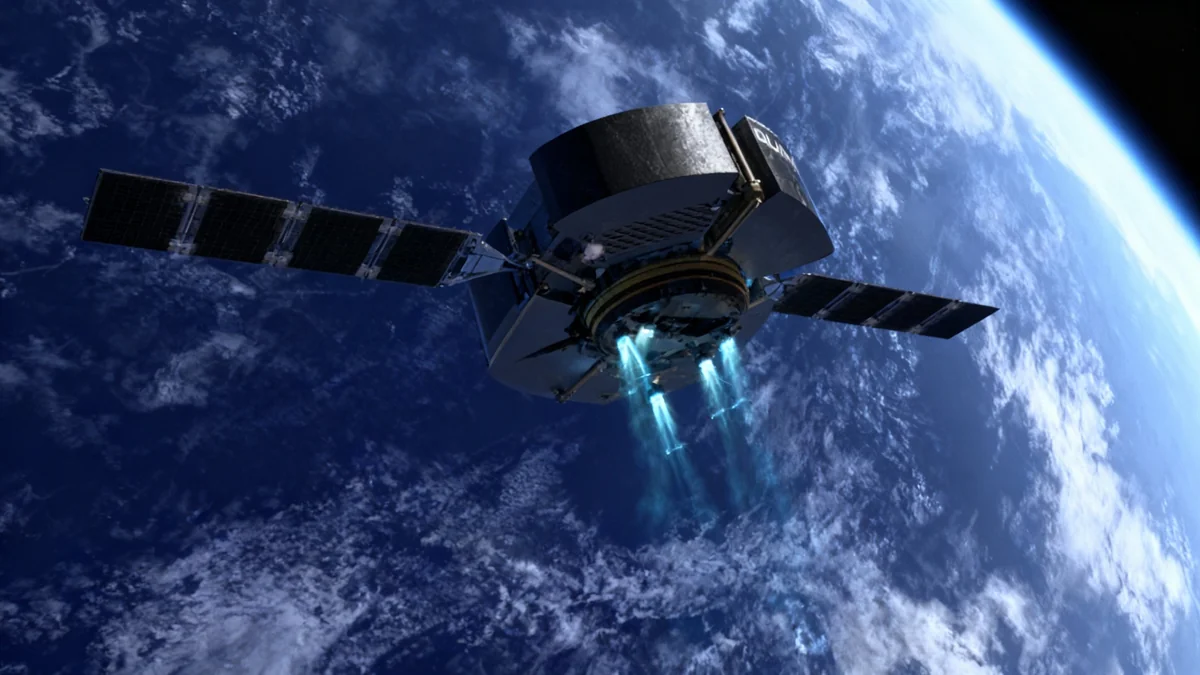A proposal from U.S. startup Reflect Orbital to launch a constellation of sunlight-reflecting satellites has raised significant concerns among astronomers and environmental scientists. The company aims to provide on-demand sunlight to solar farms after sunset, but experts warn the project could cause unprecedented light pollution, disrupt astronomical research, and harm nocturnal ecosystems.
Key Takeaways
- Reflect Orbital plans to deploy thousands of satellites with Mylar mirrors to reflect sunlight onto Earth, extending power generation for solar farms.
- The company has applied to launch its first test satellite, Earendil-1, in 2026, with plans for a constellation of 4,000 by 2030.
- Astronomers warn the reflected light, potentially brighter than a full moon, could be "ruinous" to ground-based optical astronomy and damage sensitive equipment.
- Critics also point to potential ecological disruption for nocturnal animals and feasibility challenges requiring a massive number of satellites for continuous coverage.
A Plan to Beam Sunlight from Orbit
California-based startup Reflect Orbital has put forward a plan to create a network of satellites designed to capture and redirect sunlight. The goal is to illuminate specific areas on Earth, primarily solar power facilities, allowing them to continue generating electricity after dark. This concept, described as “sunlight on demand,” could offer a new way to enhance renewable energy production.
The technology relies on large, ultra-thin mirrors made from a durable material called Mylar. These mirrors would be deployed in low-Earth orbit and precisely angled to reflect solar radiation to designated ground targets. According to the company's filings, this could extend the operational hours of solar farms, increasing their overall energy output.
Project Timeline and Scale
Reflect Orbital has formally requested a launch license from the U.S. Federal Communications Commission (FCC) for its first test satellite. Named Earendil-1, the 18-meter satellite is scheduled for a 2026 launch. If this initial test is successful, the company aims to establish a constellation of approximately 4,000 satellites by 2030, orbiting at an altitude of about 625 kilometers (388 miles).
Projections suggest the project could eventually expand significantly. Some reports indicate the constellation could grow to as many as 250,000 satellites, each potentially equipped with mirrors measuring 54 meters across. This scale is central to both the project's potential and the concerns it generates.
Concerns from the Scientific Community
The scientific community, particularly astronomers, has expressed alarm over the potential consequences of Reflect Orbital's project. While existing satellite constellations like Starlink create light pollution as an unintended side effect, Reflect Orbital's satellites are specifically designed to create bright reflections. This fundamental difference is a primary source of concern.
Impact on Astronomical Observation
Experts warn that the light from these orbiting mirrors would be intensely bright. While estimated to be about 15,000 times dimmer than the midday sun, the reflections would still appear brighter than a full moon in the night sky. This level of artificial illumination could make it impossible to observe faint celestial objects from the ground.
“Even if just the test satellite works as planned, it will sometimes appear far brighter than the full moon. A constellation of such mirrors would be devastating to astronomy and dangerous to astronomers.”
The brightness poses a direct threat to sensitive astronomical instruments. According to a Bloomberg report, the light could be “blindingly bright” for advanced telescope cameras. There are also safety risks; for observers using powerful ground telescopes, the reflected light could be intense enough to cause permanent eye damage.
Growing Satellite Population
The issue is compounded by the already rapid increase in objects orbiting Earth. According to industry tracking, nearly 2,700 satellites were launched in 2024 alone, largely from private companies like SpaceX, Amazon, and Eutelsat OneWeb. Reflect Orbital's project would add thousands more light-producing objects to an already crowded space.
Ecological and Environmental Worries
Beyond astronomy, scientists are concerned about the project's impact on Earth's ecosystems. Many nocturnal animals rely on the natural cycles of day and night for hunting, navigation, and reproduction. The introduction of bright, moving light sources could disrupt these delicate daily rhythms.
Critics also note that while the company intends to illuminate targeted zones, the satellites' constant motion means the beams of light will inevitably sweep across large, unintended areas. This could create bright flashes across the night sky over populated and wild areas alike, further contributing to light pollution and potential ecological disturbance.
Operational and Feasibility Questions
In addition to the environmental and scientific concerns, there are significant questions about the technical feasibility of Reflect Orbital's plan. The physics of maintaining continuous illumination from low-Earth orbit presents substantial challenges.
The Challenge of Constant Coverage
Satellites orbiting at 625 kilometers travel at very high speeds. A single satellite would only be able to illuminate a specific location on the ground for approximately 3.5 minutes as it passes overhead. To provide continuous light to even one solar farm for a single hour would require a coordinated effort from thousands of satellites.
Reflect Orbital's own projections highlight this difficulty. An analysis mentioned in The Conversation suggests that even a massive constellation of 250,000 satellites could only deliver about 20% of midday sun intensity to a very limited number of regions at the same time. This raises questions about the project's cost-effectiveness and overall efficiency.
Company Response and Future Outlook
In response to the growing criticism, Reflect Orbital has stated that its system will deliver sunlight in a manner that is “brief, predictable, and targeted.” The company has also promised to collaborate with the scientific community by sharing satellite location data, which could help observatories schedule observations to avoid disruptions.
However, these assurances have not fully eased the concerns of researchers. A survey conducted by the American Astronomical Society in August revealed that a majority of its members believe the proposed satellite constellation would have a negative impact on their work. As the commercialization of space accelerates, the debate between innovation and the preservation of the night sky is becoming increasingly urgent.





